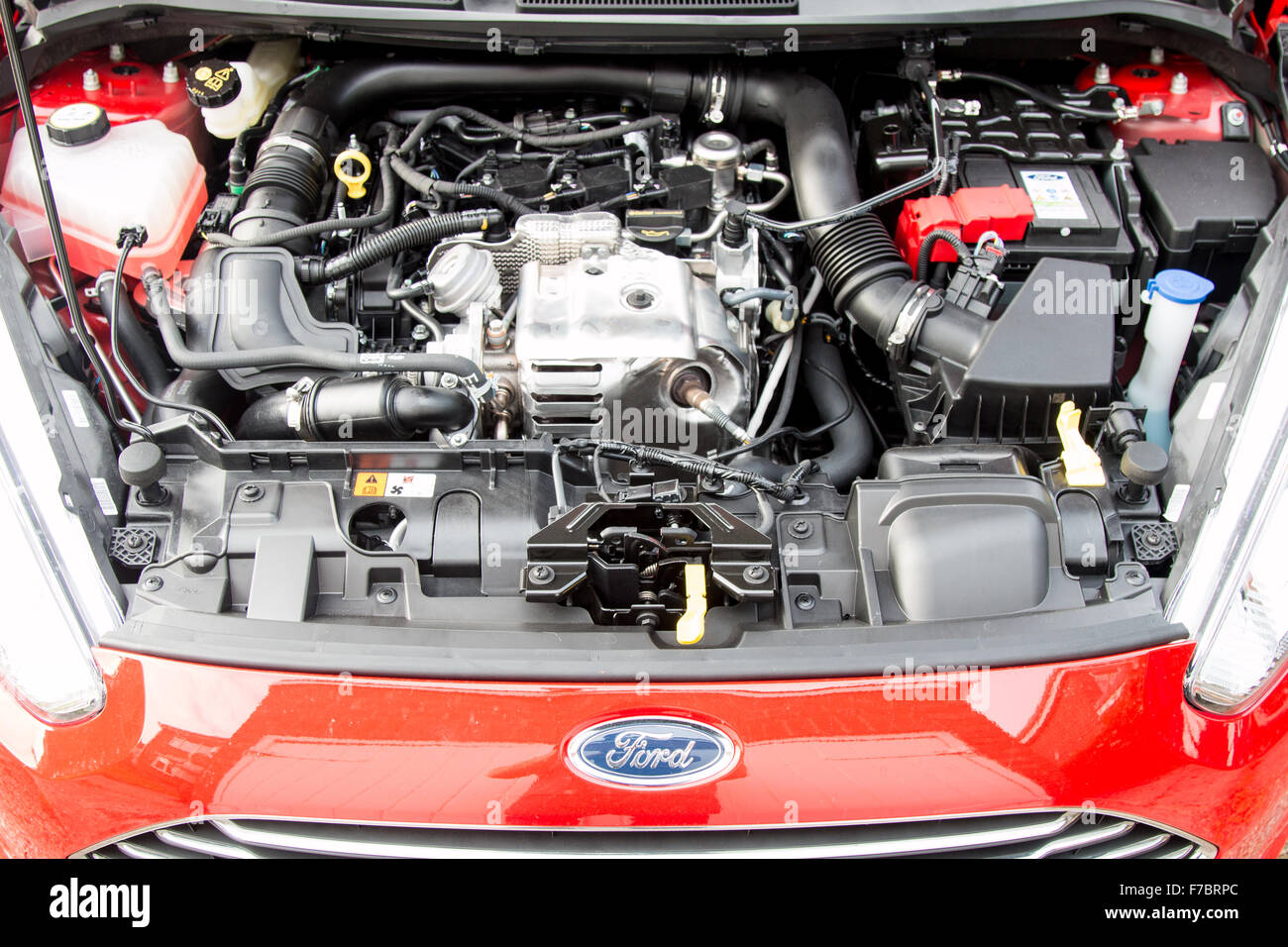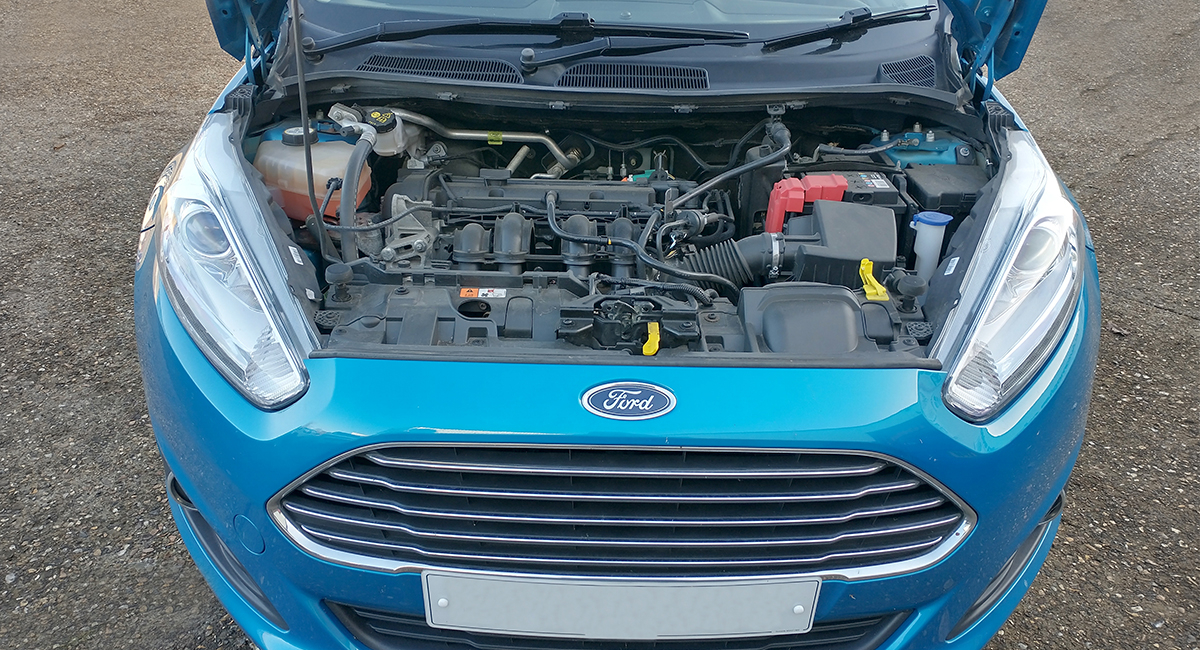Opening the Power of Engines: A Comprehensive Overview to Efficiency and Efficiency
Recognizing the intricate auto mechanics of engines is essential for both performance enthusiasts and day-to-day drivers. The responses may redefine our approach to engine efficiency and performance in means that are both informing and necessary.
Recognizing Engine Fundamentals
What makes up the essential technicians of an engine? At its core, an engine is an equipment created to convert fuel into mechanical power through a collection of regulated explosions or combustion processes. The key elements include the cylinder, piston, crankshaft, camshaft, and shutoffs. The cylinder acts as the chamber where burning happens, while the piston moves within the cyndrical tube to convert the power from combustion into direct motion (ford fiesta engine).
The crankshaft then transforms this linear motion into rotational power, which ultimately powers the vehicle. The camshaft manages the opening and closing of the valves, controling the consumption of air and fuel and the expulsion of exhaust gases. Additionally, the engine counts on a meticulously adjusted fuel-air mix, ignition system, and cooling down system to make certain optimal efficiency and efficiency.
Recognizing engine fundamentals additionally entails identifying the importance of engine cycles, such as the four-stroke cycle, which includes intake, power, compression, and exhaust strokes. Each phase is essential in ensuring the engine works smoothly and effectively. Proficiency of these essential mechanics lays the groundwork for checking out extra complicated engine characteristics and efficiency metrics, vital for optimizing both power output and effectiveness.
Secret Performance Metrics
Trick efficiency metrics are essential for examining an engine's effectiveness and power result, providing important understandings for both consumers and suppliers. These metrics function as benchmarks for engine efficiency, permitting informed decisions in buying, design, and manufacturing.
One of the key metrics is horse power, which evaluates the engine's capacity to execute job over time. Torque, determined in pound-feet, is another critical statistics that suggests the engine's rotational force, straight impacting velocity and pulling ability. Fuel efficiency, commonly determined in miles per gallon (MPG) or litres per 100 kilometers (L/100km), examines how effectively the engine converts fuel into activity, impacting operational prices and ecological factors to consider.
In addition, thermal effectiveness procedures how well an engine converts gas power right into useful work, disclosing understandings right into energy losses mainly via warmth. Emission degrees, including carbon dioxide and NOx, are additionally critical, mirroring the engine's ecological impact and conformity with regulatory requirements.

Tuning Strategies for Effectiveness
Tuning strategies play a significant function in boosting engine performance by enhancing efficiency metrics recognized in earlier discussions (ford fiesta engine). Different approaches exist to make improvements an engine, each contributing to boosted fuel economic climate and lowered emissions
One reliable technique is changing the air-fuel proportion, ensuring the engine operates within the ideal combustion regimen. A Continue leaner mixture can enhance fuel effectiveness, however it needs to be balanced to avoid misfires or engine knock. Furthermore, reprogramming the engine monitoring system can rectify specifications such as ignition timing, which further improves efficiency while maintaining power output.
Another essential method includes customizing the intake and exhaust systems. Upgrading to high-performance air filters and exhaust headers can reduce back pressure, facilitating better air flow. This permits the engine to take a breath even more freely, resulting in enhanced burning efficiency.
In addition, the implementation of innovative adjusting devices, like dyno testing, provides exact data that enables targeted modifications. On a regular basis monitoring these performance metrics makes sure that adjusting efforts yield the wanted performance end results. Collectively, these techniques not just boost engine performance yet additionally add to long-term sustainability in engine procedures.
Maintenance for Optimal Efficiency
Routine engine maintenance is essential for accomplishing optimal efficiency and durability. A well-kept engine not just runs successfully but likewise reduces the threat of expensive repairs and failures. Key components requiring normal attention consist of oil, filters, belts, and ignition system.
Transforming the engine oil at suggested periods is vital, as oil lubes moving parts and stops overheating. Similarly, changing oil and air filters ensures that pollutants do not harm engine feature. Neglecting these components can bring about reduced effectiveness and possible engine damages.
Additionally, examining and changing used belts and hoses is important to stop sudden failings. Timing belts, particularly, ought to be Check This Out replaced according to the manufacturer's routine to avoid devastating engine damages.
Ignition system ought to likewise be checked and replaced as required, given that they play an important function in ignition and fuel efficiency.
Future Patterns in Engine Innovation
Accepting advancements in innovation, the future of engine style is poised to reinvent efficiency and effectiveness throughout various applications. Crossbreed and completely electric powertrains are ending up being progressively mainstream, using lowered exhausts and boosted gas effectiveness.
Furthermore, innovations in materials scientific research are bring about lighter, stronger elements that enhance engine performance while minimizing power usage. Advanced manufacturing techniques, such as 3D printing, permit the Find Out More production of intricate geometries that boost air flow and thermal administration, hence enhancing combustion procedures.
Additionally, the integration of expert system and artificial intelligence is set to transform engine diagnostics and efficiency adjusting. These modern technologies can evaluate large amounts of data in real time, allowing predictive maintenance and tailored efficiency enhancements.
Conclusion
In conclusion, opening the power of engines needs a complete understanding of their mechanics and efficiency metrics. Carrying out efficient adjusting techniques and adhering to normal upkeep practices considerably enhance engine capacities.
Additionally, the engine counts on a meticulously adjusted fuel-air mix, ignition system, and cooling down system to ensure optimum efficiency and efficiency.
Recognizing engine essentials additionally entails acknowledging the relevance of engine cycles, such as the four-stroke cycle, which consists of intake, compression, exhaust, and power strokes. Mastery of these fundamental mechanics lays the groundwork for checking out a lot more complicated engine characteristics and performance metrics, necessary for optimizing both power outcome and effectiveness.

Welcoming advancements in technology, the future of engine layout is positioned to transform performance and effectiveness throughout numerous applications.